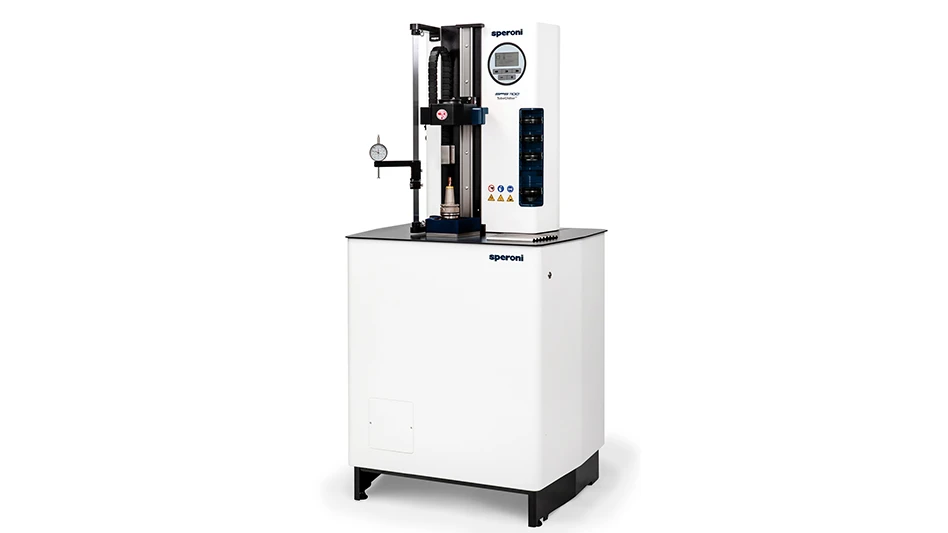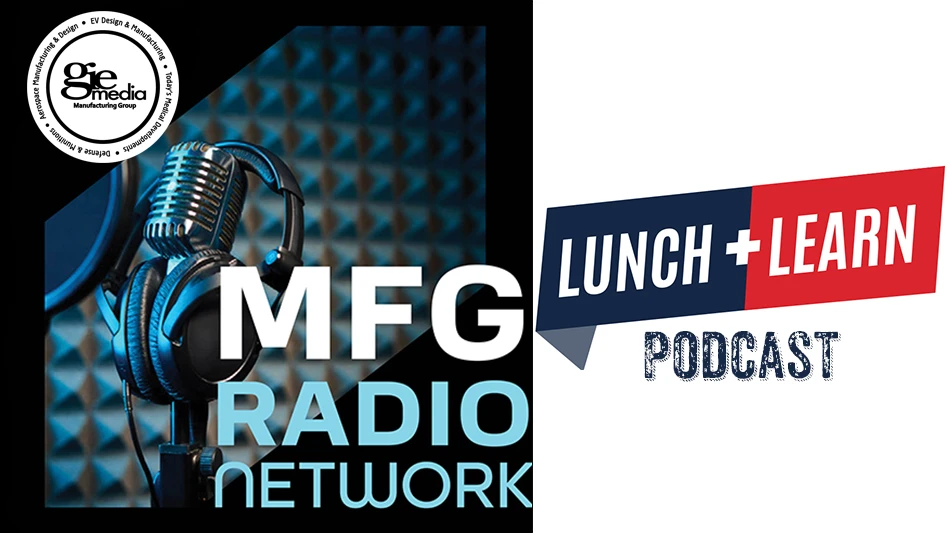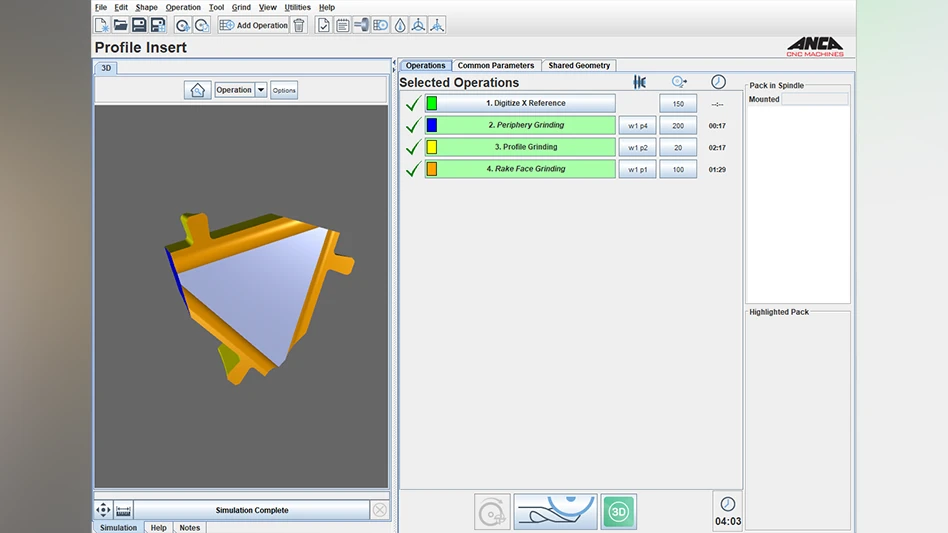
Cleveland, Ohio – A new market report, “Remote Patient Monitoring Devices Market - Global Industry Analysis, Size, Share, Growth, Trends and Forecast, 2014 – 2020,” the global remote patient monitoring devices market was valued at $0.38 billion in 2013 and is expected to grow at a CAGR of 14.2% from 2014 to 2020, to reach an estimated value of $0.98 billion in 2020.
Medical devices industry is experiencing tremendous growth since its first use. Improving healthcare infrastructure and perpetually developing technology are primarily driving the medical devices industry. Adoption of remote patient monitoring devices is swiftly increasing owing to availability of portable, user-friendly and non-invasive medical devices. Remote patient monitoring is mainly preferred by patients suffering from chronic diseases such as cardiovascular diseases, respiratory diseases, and diabetes. Therefore, rise in the prevalence of chronic diseases is a prime factor responsible for the growth of the global remote patient monitoring devices market. On the other hand, privacy and security of data and lack of reimbursement coverage are major factors that are anticipated to hamper the expansion of global remote patient monitoring devices market.
Heart monitors, breath monitors, physical activity monitors, hematology monitors, body temperature monitors, multi-sign monitors, and others are some of the remote monitoring devices that are widely used. Rising incidences of chronic diseases that require continuous monitoring such as diabetes, blood pressure and cardiovascular conditions, propels the demand for medical devices. In 2013, heart rate monitors segment dominated the global remote patient monitoring devices owing to high demand for these devices mainly due to rising prevalence of cardiac diseases. Furthermore, rising geriatric population propels the prevalence of cardiac diseases globally. Thus, owing to increasing number of patients diagnosed with cardiac diseases accentuates the uptake the heart rate monitors.
In 2013, ambulatory care centers segment accounted for the largest share in the global remote patient monitoring devices market. Growing geriatric population is primarily driving the demand for ambulatory care centers, as elderly people are at a higher risk of acquiring diseases and infections. However, rise in demand for home-based treatment as more number of patients opts for diagnosis and treatment of diseases at home boosts the home healthcare segment during the forecast period from 2014 to 2020.
Geographically, North America contributed the largest share in the global remote patient monitoring devices market. Increasing incidences of cardiovascular and respiratory diseases coupled with rising preference to reduce hospital readmissions. Under the Hospital Readmissions Reduction Program created by the Patient Protection and Affordable Care Act, government of the U.S. has imposed penalty to hospitals. As a penalty government has announced reduction up to 1% in the Medicare payment per patient for hospital readmission within 30 days in 2013. Thus, to reduce the hospital readmissions, medical professionals are promoting remote patient monitoring in the region.
The global remote patient monitoring devices market is a fragmented market with many local players competing with global players. In addition, presence of all the necessary resources is enabling easy entry of medical device manufacturers into the remote patient monitoring devices market. Thus, major players in the market are strategically collaborating with local players to offer innovative technologies and thereby sustain in the competition. In November 2014, LifeWatch AG partnered with Vital Connect, Inc., a health care company based in Silicon Valley. This collaboration enables LifeWatch to utilize Vital Connect’s HealthPatch MD as 1-lead ECG device in LifeWatch’s cardiac monitoring business. LifeWatch aims to expand its cardiac monitoring devices business by adding patch technology to its product offerings. Similarly, in December 2014, Omron Healthcare Inc. collaborated with AliveCor, Inc., a California-based company that provides mobile technology for heart health. The two companies aim to improve access to remote patient monitoring products through retail and online channels, especially for heart patients.
The global remote patient monitoring devices market is segmented as follows:
Global remote patient monitoring devices, by types
- Heart monitors
- ECG
- Heart rate monitors
- Fetal heart monitors
- Blood pressure monitors
- Breath monitors
- Respiration rate monitors
- Spirometers
- Sleep apnea monitors
- Physical activity monitors
- Activity level monitors
- Weight monitors
- Hematology monitors
- Blood glucose monitors
- Prothrombin time monitors
- Multi-sign Monitors
- Others (remotely monitored infusion pumps, Ventilators, etc.)
Global remote patient monitoring devices, by end users
- Home healthcare
- Ambulatory care centers
Global remote patient monitoring devices, by geography
- North America
- Europe
- Asia-Pacific
- Rest of the World
Source: Transparency Market Research
Latest from Today's Medical Developments
- Teleflex sells acute care and urology businesses for $2.03 billion
- HANNOVER MESSE: Where research and manufacturing meet
- What’s next for the design and manufacturing industry in 2026?
- Arcline to sell Medical Manufacturing Technologies to Perimeter Solutions
- Decline in German machine tool orders bottoming out
- Analysis, trends, and forecasts for the future of additive manufacturing
- BlueForge Alliance Webinar Series Part III: Integrate Nationally, Catalyze Locally
- Robot orders accelerate in Q3





